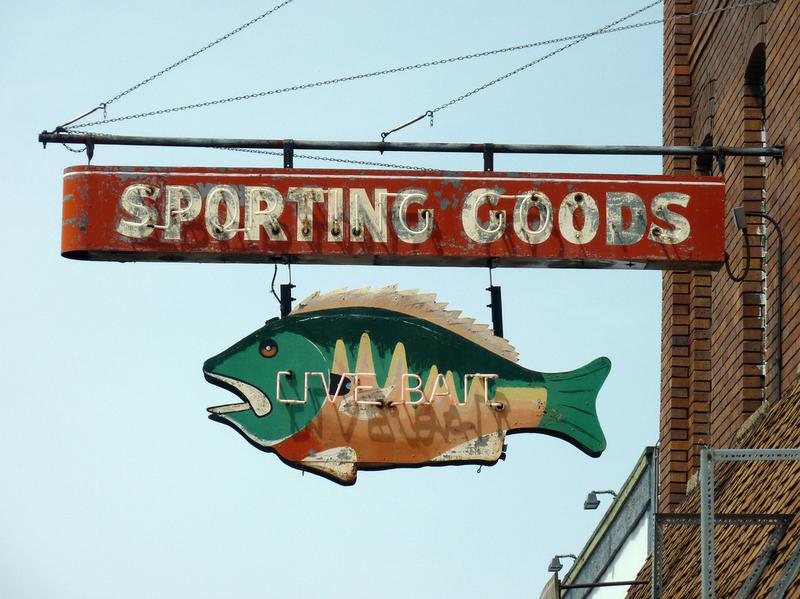 All Things Considered
All Things Considered
Could Great Lakes Fisheries Be Revived Through Fish Farms?

Even though Michigan is surrounded by more than 20 percent of the world's freshwater, fish farming is largely unheard of there.
But this summer, the aquaculture industry took a step forward. And that has touched off a debate over the appropriateness of fish farming on the Great Lakes.
There's only one company now in Michigan that raises fish for restaurants and grocery stores in large volumes. It's a family business, run by Dan Vogler, on a few acres near Harrietta, Mich., population 143.
There are more than a half-million fish at Harrietta Hills Trout Farm. They're mostly rainbow trout and the largest ones weigh 1.5 pounds.
Vogler wants to see more aquaculture in Michigan. He says with billions of people on the earth, and many looking for fresh fish, the state has an opportunity.
"Not only an opportunity but a responsibility to use our natural resources — use them responsibly — to grow food," he says.
Vogler's farm is on a creek that feeds the Manistee River on its way to Lake Michigan. This summer, his company received a permit to expand an existing hatchery at another location. It is also inland, on the Au Sable River in Grayling.
That's a popular trout fishing destination, and conservation groups are now challenging that permit, saying the state is not doing enough to protect the river.
Vogler says his operation causes no harm and if Michigan wants to produce seafood, this is the right way to do it.
"The reality is that the native Great Lakes wild fishery is in a state of general collapse," Vogler says. "If we're going to have locally available fish, it has to come from fish farms."
Even though Michigan borders all of the Great Lakes but Ontario, there are few commercial fishermen left here.
But that is not to say the lakes are not being used.
Half a century ago, the state decided that the lakes should be used for recreational fishing, and they were stocked with Pacific salmon. In the decades that followed, sport fishing became big business all up and down the coast.
That's why Howard Tanner was upset by a federal report this year suggesting that Michigan allow fish farms to operate on the Great Lakes. It was Tanner who ran the state's fish program in the 1960s when those first salmon were stocked in Lakes Michigan and Superior.
He calls fish farming "dangerous" and maintains that there is just no room for large fish pens in these lakes.
"The net pen culture would be in the places most favorable to other recreational and leisure time activities," Tanner says. "They want deep water close to shore. It doesn't mix with the sport fishery."
One of the problems with fish farms, in any location, is that fish waste adds nutrients, like phosphorus, to the water. Biologists say too much of it can harm the ecosystem and increase the kind of algae that contaminated Toledo's water supply this summer.
Tanner says fish farms that are in the ocean can deal with that waste.
"They have a flush for their system. It's called the tide. It flushes their waste products away into salt water," Tanner says, pointing out that no similar current exists in the Great Lakes. "There's no possible way for them to treat their waste."
There are some commercial fish pens on the Canadian side of Lake Huron, raising mainly rainbow trout. And operators there say the concerns over nutrient loading are exaggerated.
They even suggest some additional nutrients might help wild fish populations, since the upper Great Lakes are cold, sandy and lack nutrients.
Mike Rennie, a research biologist in Winnipeg, says an experiment done in a small lake in Canada did produce a benefit from fish farming.
"Overall, the lake trout population in the lake seemed to actually do better during the course of the experiment," says Rennie. "Population estimates actually went up; growth rates went up."
There are no proposals yet for fish farming in the Michigan waters of the Great Lakes. Judging by the controversy over expansion plans for just one inland operation, any proposal is likely to face fierce opposition.
9(MDEwODYxNTQyMDEzNjAxODk2Nzc2NzNmYQ001))